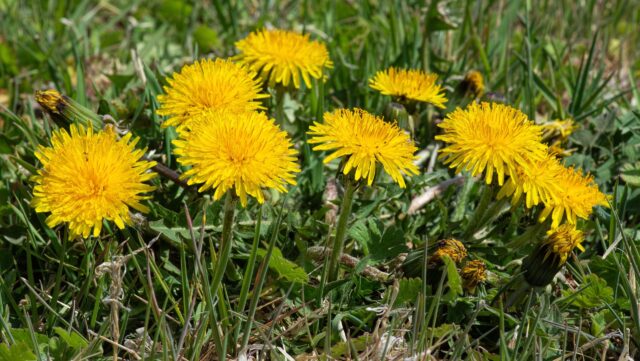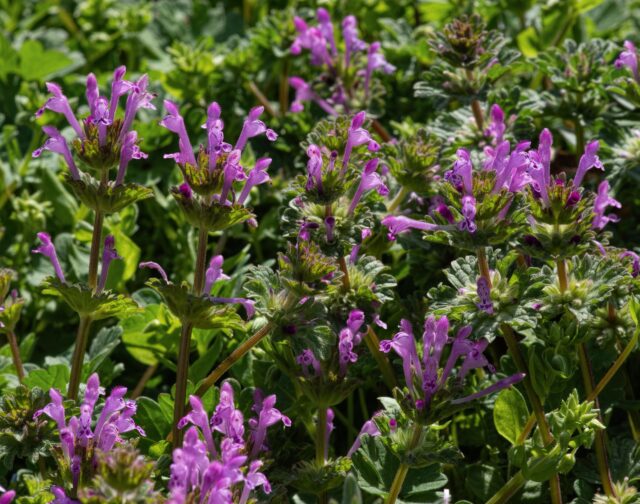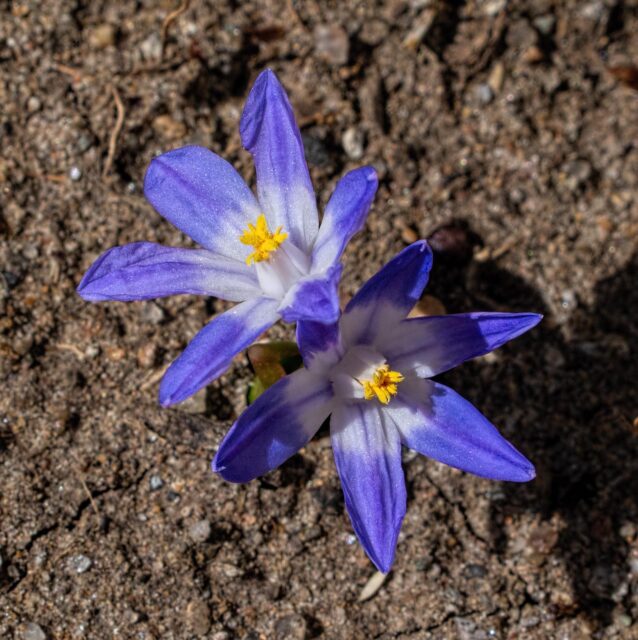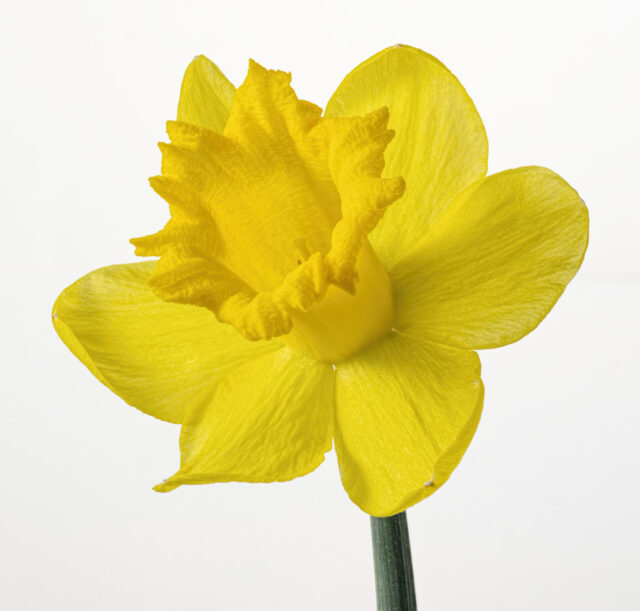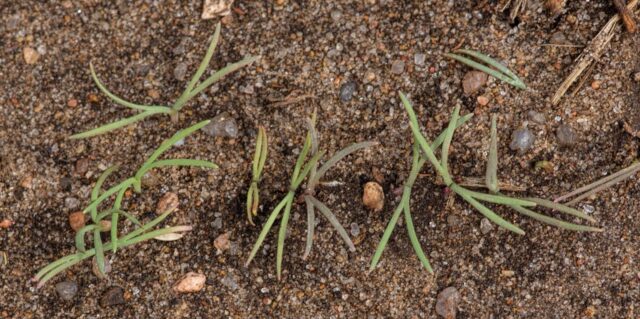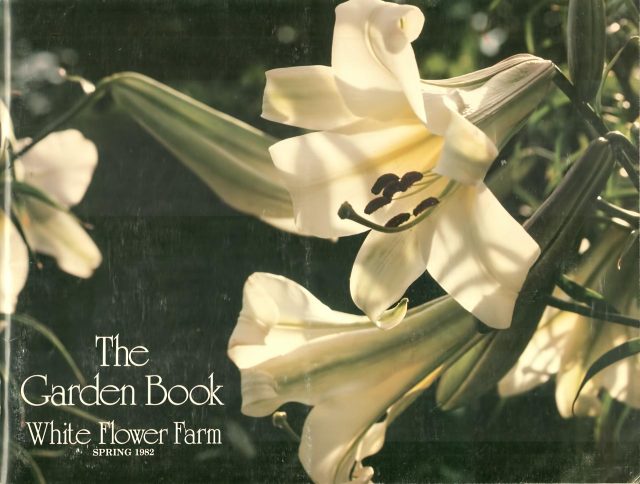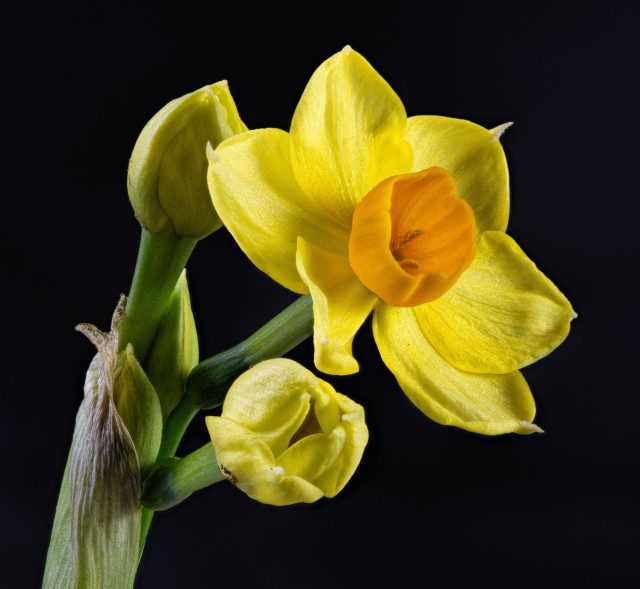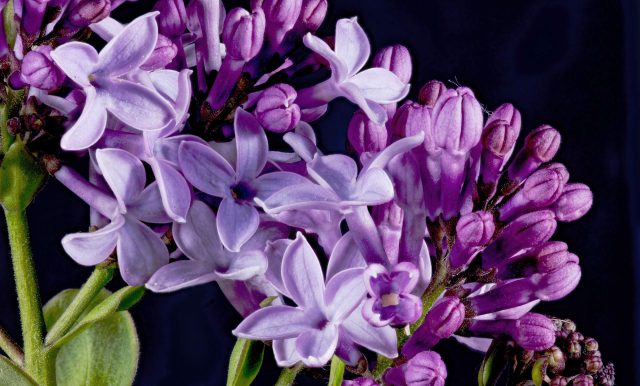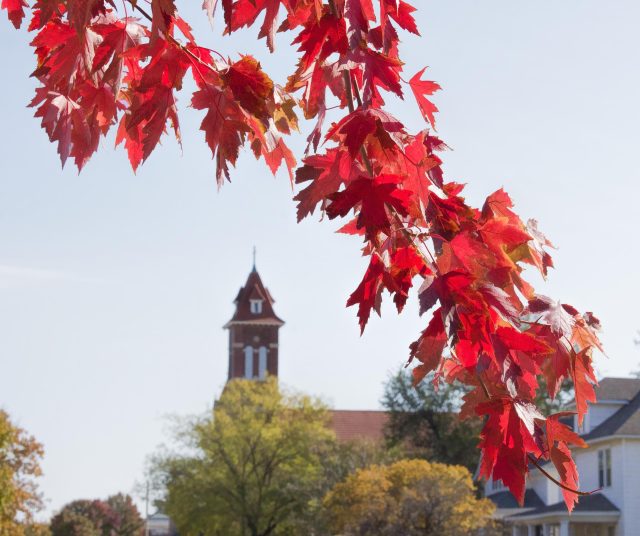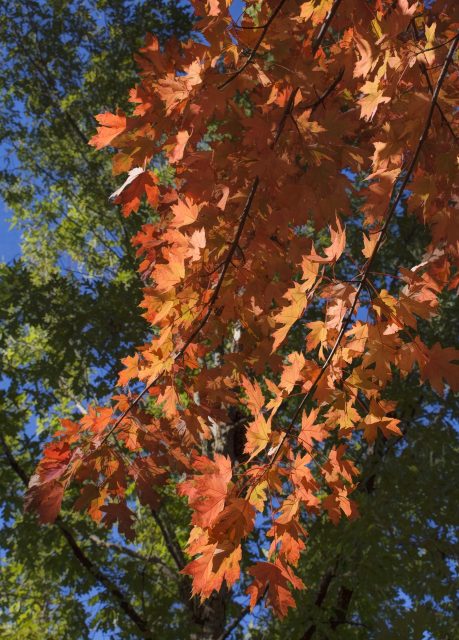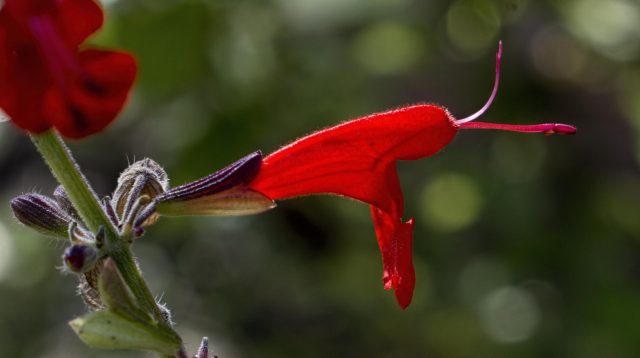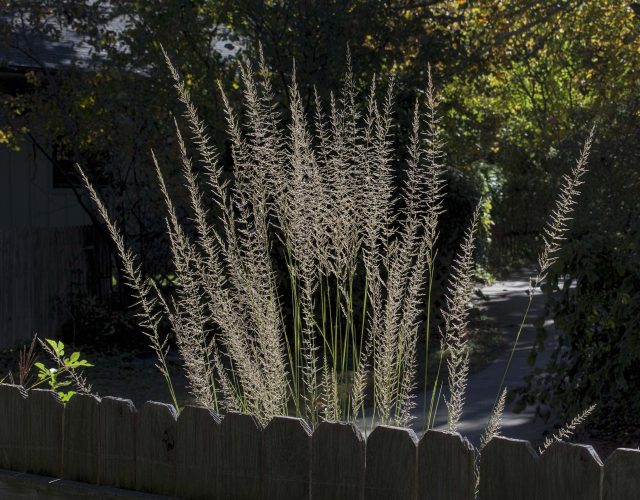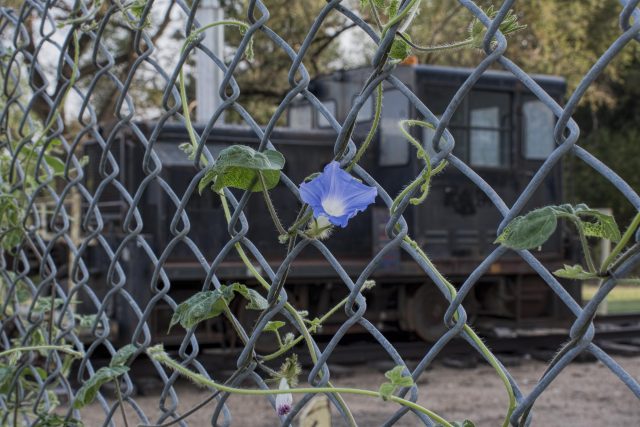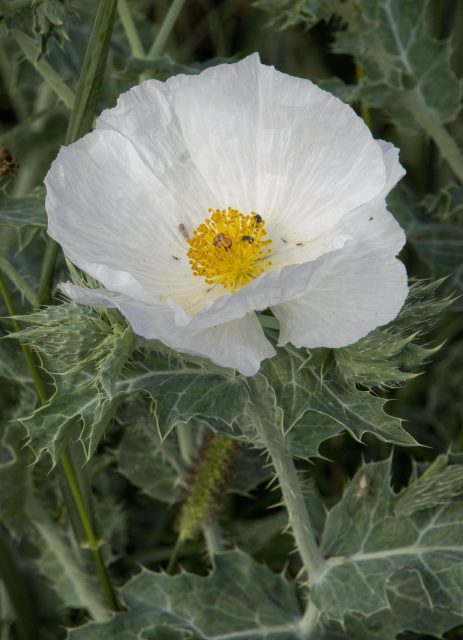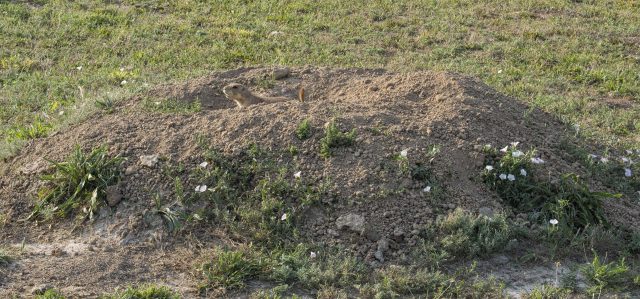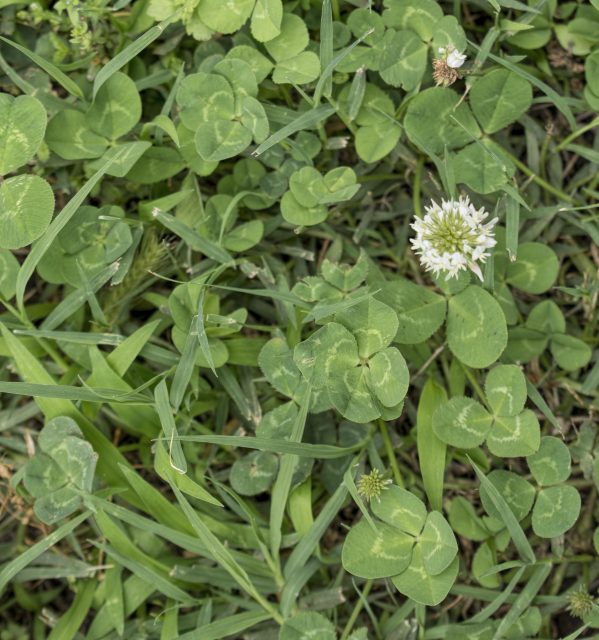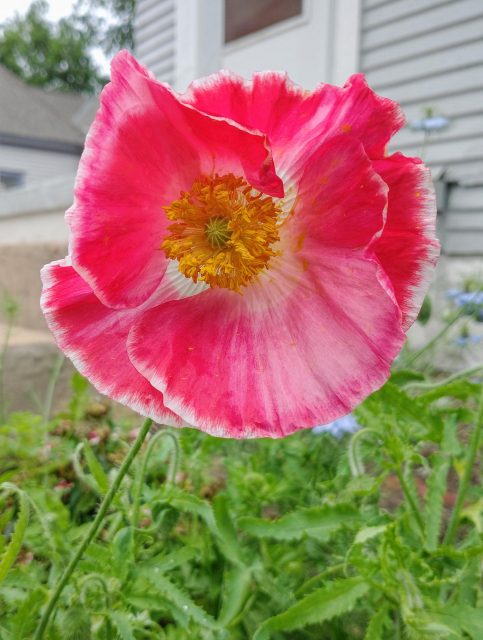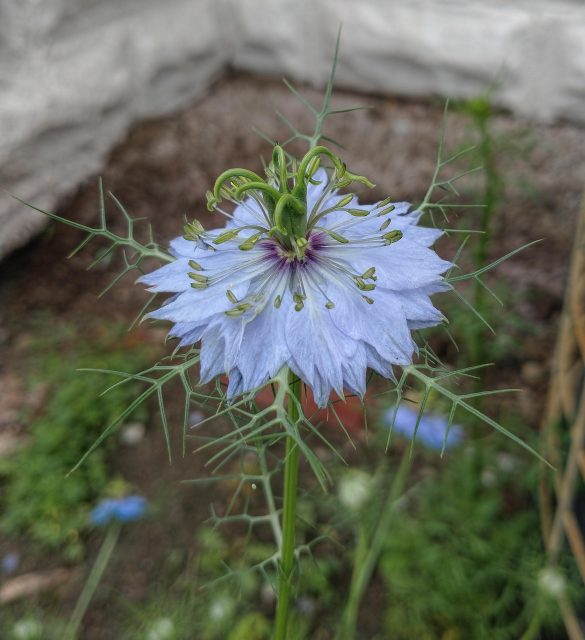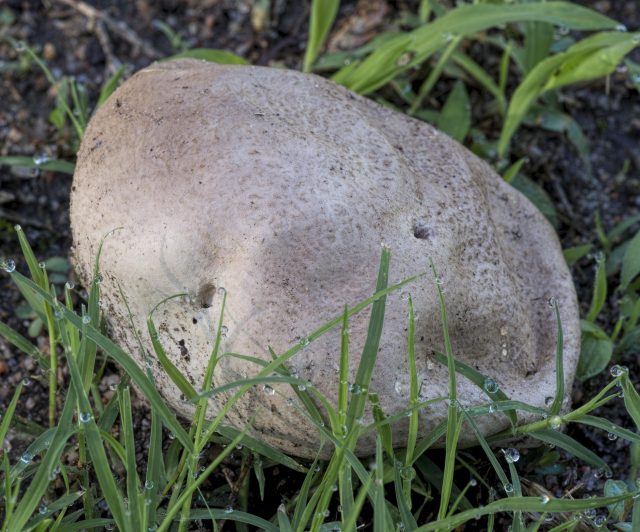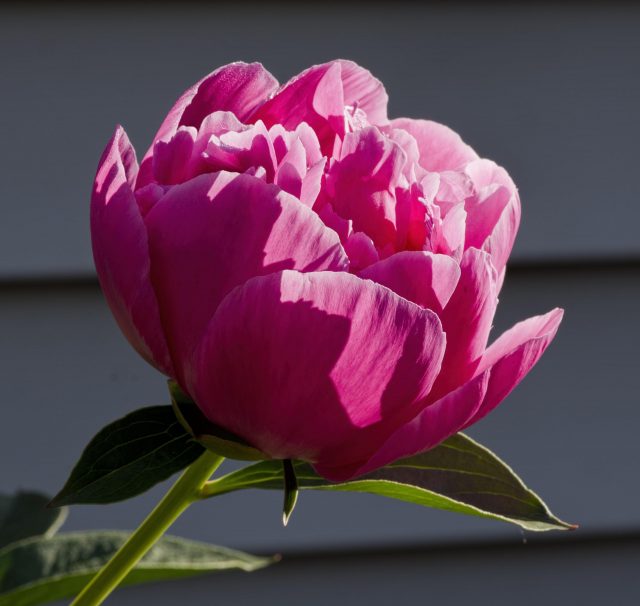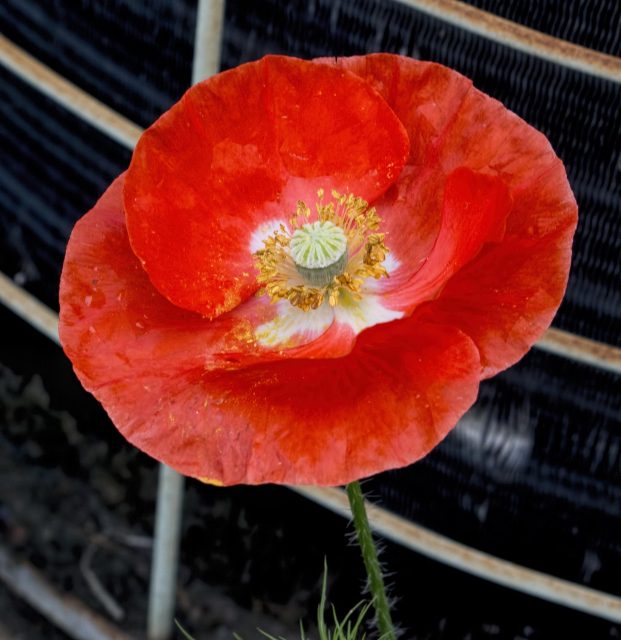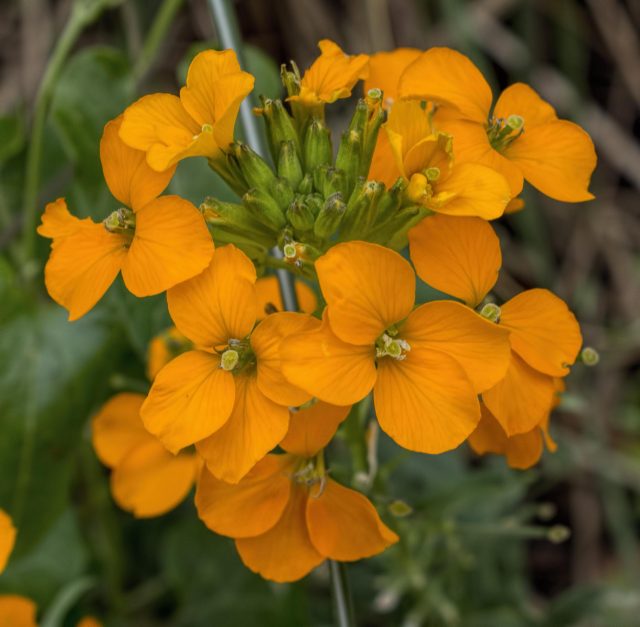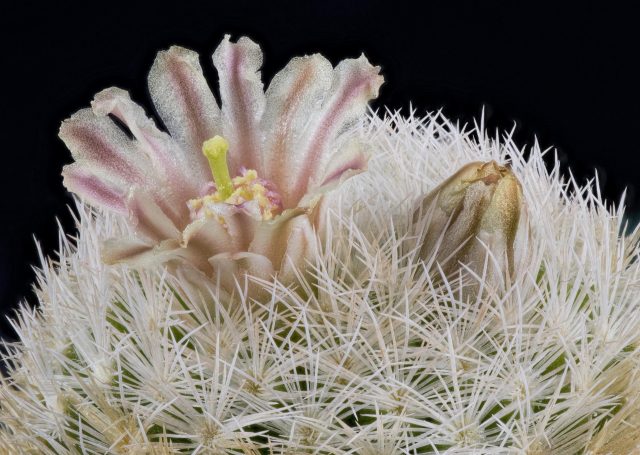Dandelions put on a terrific show, with abundant vivid yellow flowers on compact plants. If they were temperamental and difficult to cultivate, they’d be among the most impressive plants in a garden. However, they’re all too easy to grow, and I will shortly need to start mowing them and the henbit in the yard.
Category: Botany
Friday blues
Wednesday yellows
X marks the spot
California poppies have distinctive forked cotyledons, and seedlings look like little green X’s on the ground.
Winter is leaving at last — I hope — and I can finally start rehabilitating the badly neglected quarter-acre on which I now live. Posting will continue to be light as I prune, rake, dig, cuss, plant and dig some more.
There are two garden centers in town. Both are inconveniently distant, and neither has much of what I need. Fortunately, there are a Walmart and a Home Depot within easy reach. I’ve had better luck with them, but it’s still often frustrating. Walmart, for instance, has a surprising good selection of neatly packaged perennials for seemingly excellent prices. I found Eryngium and two kinds of Tricyrtis, neither of which I’ve ever seen in any Wichita store. However, they’re Walmart quality. If the package says it contains three roots, expect two. If it says two, one will be small and the other just a fragment or missing entirely. It’s not entirely a bad deal; these plants typically cost three times as much from online sources, and if they survive, they’ll put on a good show — eventually. But unless you have more patience than money, look elsewhere for your plants.
Catalogued
I recently received the White Flower Farm Spring 2022 Garden Book. As gardening catalogs go, it’s relatively dignified, with a University Roman flag, text that emphasizes accuracy over hyperbole, and no exclamation points. WFF prices are at the high end of the range, but in the past the plants they shipped were of consistently good quality. I might order a few items from them.
Nevertheless, the catalog was disappointing. Years ago the “garden book” was valued as much for the text as for the selections. Written by one Amos Pettingill, it had a degree of personality missing from other catalogs. Although the bulk of the text was devoted to describing the merchandise, he often digressed, as in his discussion of Exbury azaleas.
Lord Lionel Rothschild, a member of the famous banking clan and extremely rich in the days before the Great Depression and World War II, was not only a great banker but a great gardener. He was no dilletante; Lord Rothschild not only worked over every detail in the development of his lovely estate in Exbury, but he also worked diligently on breeding Rhododendron — and Azalea, a very close branch of the Rhododendron family. He spared no money in this huge breeding program, for he had started it late in life and knew it could be successful quickly only through massive expenditures. He once employed 225 men, 75 of them professional gardeners, to care for this estate of 250 acres. By working with tens of thousands of crosses, instead of thousands, Lord Rothschild used his wealth to telescope time…. Money, people are inclined to forget, is a very useful thing — whether we go to the moon or piggy-back a fine strain of plants with it.
Winter yellows
The unusually mild weather this fall fooled some of the bulbs I planted back in October into sprouting leaves. Some daffodils apparently don’t need winter chilling to bloom. I found the above in my garden this afternoon. There is no such thing as normal Kansas weather, and out-of-season flowers are not unprecedented here. I’ve picked roses as late as a week before Christmas. After the February freeze, we can use a mild winter. Still, it’s odd.
Five months early
Fall here so far has been mild and warm. It’s fooled the lilac at the corner of the house into blooming, and some of the bulbs I planted last month have already popped up. There may be some frost this weekend, but otherwise it looks like winter will hold off a little longer.
There is finally some decent fall color around town, the best from maples such as this one near my parish church, below.
There are more pictures here.
Approaching the end
Today was probably the last pleasant day of the year, so I visited the nature center again. It was an awkward moment: most flowers are done for the year, but the trees with the most vivid fall color haven’t started turning yet. I did find a little color.
There are a few more pictures here.
Morning glories and rockets
Thistles, plums and limestone
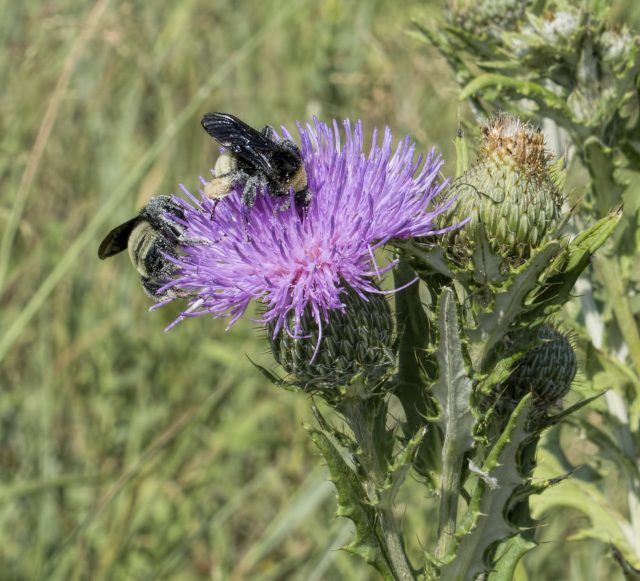
I recently visited a nearby “nature center.” It’s no substitute for the botanical garden in Wichita, but it’s not a waste of time, either. Its focus is on plants native to Kansas, and there are a number of trails there that I will explore on future visits.
I did find some color there, and a plum.
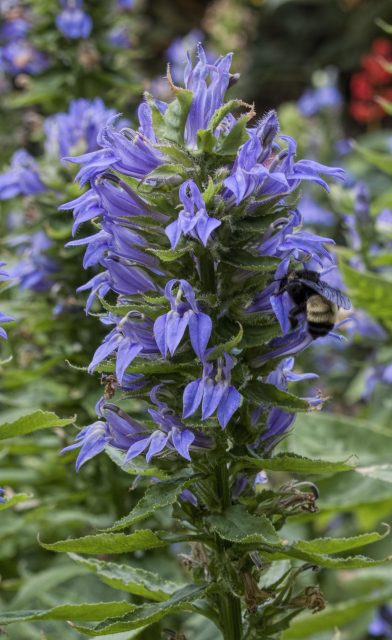
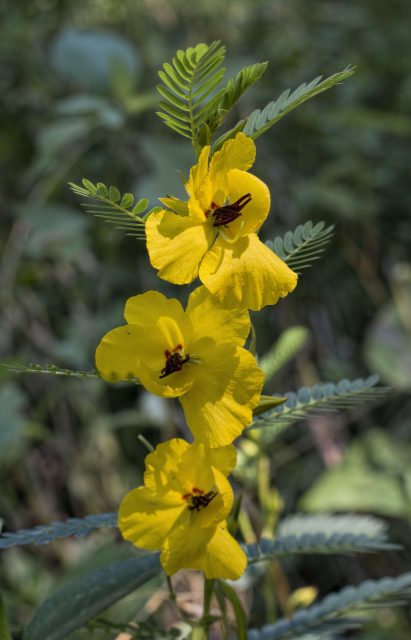
Prickles, and peril from above
Around town
Counting game
Elsewhere
I’ve finally escaped from Wichita. I now live in a city an order of magnitude smaller in a neighboring county, where I don’t hear boom cars and shouting strangers all evening. It will no longer be convenient for me to visit the botanical garden in Wichita, but quiet nights are compensation.
Waiting for me in the front yard when I moved in was the puffball above. I’d guess it’s either Calvatia fragilis or Calvatia cyathiformis. It was at its prime yesterday while my camera was packed away, and was starting to deflate this morning when I finally got a picture.
Also waiting for me were a couple of peony plants in their prime.

